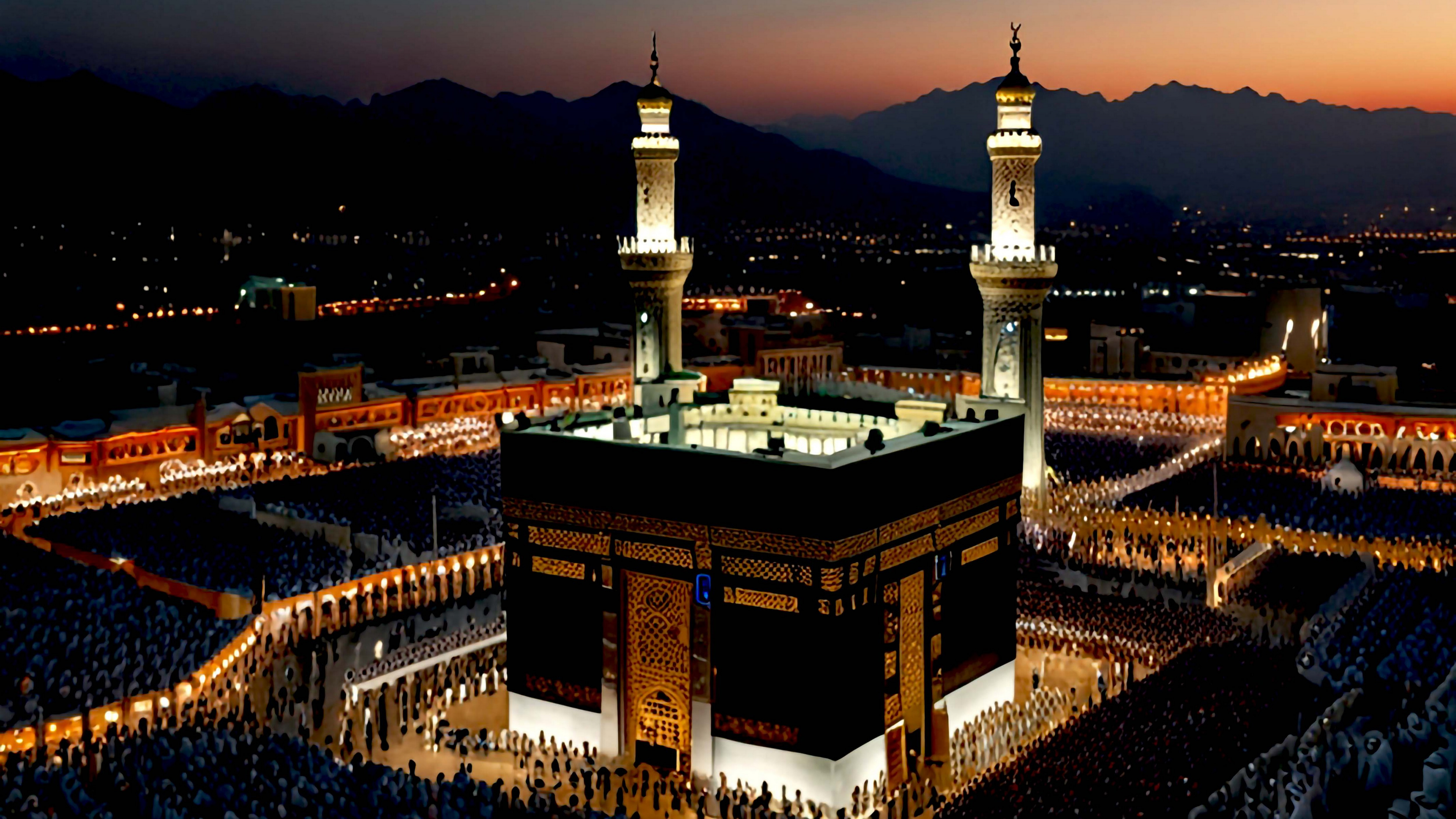Umrah is a spiritual journey that every Muslim dreams of undertaking. Unlike Hajj, it can be performed at any time of the year, making it a flexible and rewarding pilgrimage. However, planning your first Umrah holiday can feel overwhelming. This guide will walk you through the entire process—from preparation to returning home—ensuring a smooth and spiritually fulfilling experience.
Understanding Umrah
Before diving into the planning, it’s essential to understand what Umrah entails: Umrah is a pilgrimage to Mecca, Saudi Arabia, involving rituals like Tawaf (circumambulating the Kaaba), Sa'i (walking between Safa and Marwah), and shaving or trimming hair. While not obligatory, it is highly recommended in Islam. Unlike Hajj, Umrah can be completed in a shorter duration, making short Umrah trips a popular choice for many.
Step 1: Choose the Best Time for Umrah
Umrah can be performed year-round, but timing can impact your experience:
Best Times for Umrah:
Ramadan: Performing Umrah during Ramadan, especially the last 10 days, is highly rewarding but also more crowded.
Off-Peak Months:
Traveling outside Ramadan means fewer crowds and often affordable short Umrah packages. Avoid peak summer months due to extreme heat.
Things to Consider:
Your work schedule and availability.
Flight and accommodation prices (off-season Umrah packages rates are usually cheaper).
Weather conditions in Saudi Arabia.
Step 2:
for Your Umrah Trip
Budgeting is crucial for a hassle-free pilgrimage. Here’s what to consider:
Key Expenses:
Flights: Prices vary based on departure location and season. Booking early can help secure cheap Umrah packages.
Accommodation: Staying near Masjid al-Haram is convenient but pricier. Budget hotels further away are more economical.
Visa Fees: Required for all pilgrims; costs depend on your country.
Transportation: Include local travel costs in Mecca and Medina.
Meals & Miscellaneous: Set aside funds for food, gifts, and donations.







